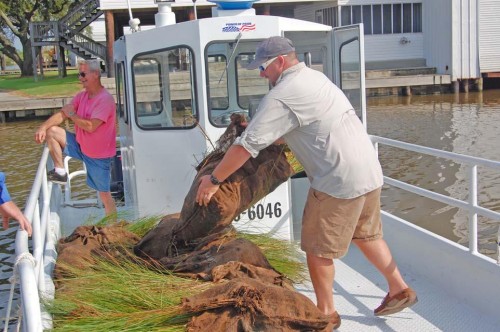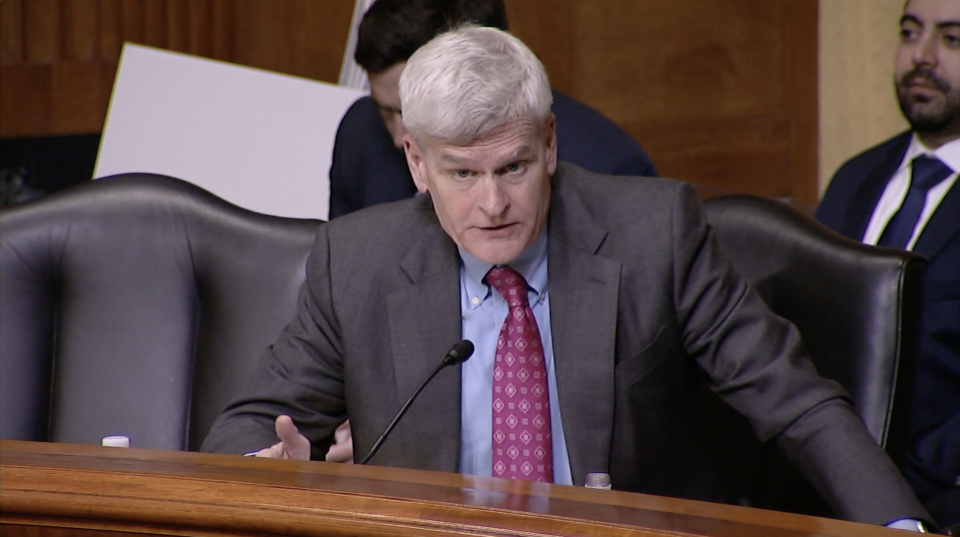
Gerald Anthony Guidry
July 28, 2009
Florett "Flo" Johnson
July 30, 2009Volunteers from across the United States were knee-deep in muck last week. They came to Terrebonne Parish for a purpose: To help rebuild the marshes as part of the area’s coastal restoration project.
Work on the federal and state funded project is strictly volunteer, headed by the Office of Coastal Protection and Restoration with help from LUMCON (Louisiana Universities Marine Consortium) and T-Beb’s Wetland Nursery, who supplied the marsh grass plants.
“The purpose is to re-create the land bridge because of the more saline marshes moving northward,” said Daniel Dearmond, civil engineer for the Office of Coastal Protection and Restoration. “The land bridge is there to keep the saline marsh from advancing forward. The land bridge is to help that. It’s about a $30 million project. We have 10 fill areas that we are going to plug breaches.”
With the help of nearly 40 teens representing Evangelical Lutheran churches all over the U.S., the volunteers took part in seven hours of planting 3,000 marsh grass plants Thursday and Friday.
They left on one of five boats to the land bridge on Lake Mechant, just past Theriot.
Gerald Schouest, a member of the advisory team for the Terrebonne Restoration and Preservation Committee, said the area was chosen because projects have already begun to restore the land bridge in that particular location.
“We have a dredge out there building banks,” he said. “The banks disappeared and when the banks disappear the water seeps into the marsh. We are building what is called a land bridge. If we just put in mud and leave it there, rain and water erode it.”
“So we have to go and plant,” he added. “We were actually going to do it in a year or two, but we wanted to get a head start since the kids were coming in to do these kind of things.”
The fill project in the 10 areas will last just over a year. The work is expected to be complete by October 2010.
However, planting requires a lot more work. Volunteers use a special shovel, a divet, to make holes in the marsh. The marsh grass is then packed into the hole like a plug, where it will vegetate on its on.
Dearmond said the vegetating usually happens pretty quickly once the grass is planted. He said it’s important to pay a little more attention to the areas where marsh grass isn’t growing because that is a sign there are little or no organisms present.
“Those are the areas that you have to plant,” he said. “The soil is different in different places, so you really don’t know what’s there. It takes time and effort but it’s something needed and worth it.”
With so much effort required to individually plant each marsh grass plant, no one expects to be clean when they finish.
“It’s not fun walking around in mud, sludge and water,” Schouest said. “It’s definitely not something any person can do by himself. For these volunteers to come here and want to help out really says a lot.”
Max Wike of LUMCON (Louisiana Universities Marine Consortium) loads plants aboard a craft headed to Lake Mechant. Volunteers spent Thursday and Friday planting marsh grass on the land bridge near Theriot. * Photo courtesy of LOUISIANA HIGHWAY SAFETY COMMISSION









